Last updated on
Discover the essential differences between smart bulbs and traditional bulbs as we delve into their pros and cons for enhancing your kitchen lighting experience.
The kitchen is the heart of every home, and proper lighting is essential for creating a warm and inviting atmosphere. But with so many lighting options available, it can be overwhelming to choose the right one.
Traditional bulbs have been the go-to choice for decades, but in recent years, smart bulbs have gained popularity. In this article, we’ll explore the differences between smart bulbs and traditional bulbs for kitchen lighting and help you decide which one is best for your home.
So let’s shed some light on this topic!
Key takeaways:
- Smart bulbs use LED technology for energy efficiency.
- Smart bulbs have longer lifespans compared to traditional bulbs.
- Smart bulbs offer customizable lighting options for ambiance.
- Smart bulbs require more effort to install and set up.
- Smart bulbs are environmentally friendly and have built-in safety features.
What's Inside
Introduction to Smart and Traditional Bulbs
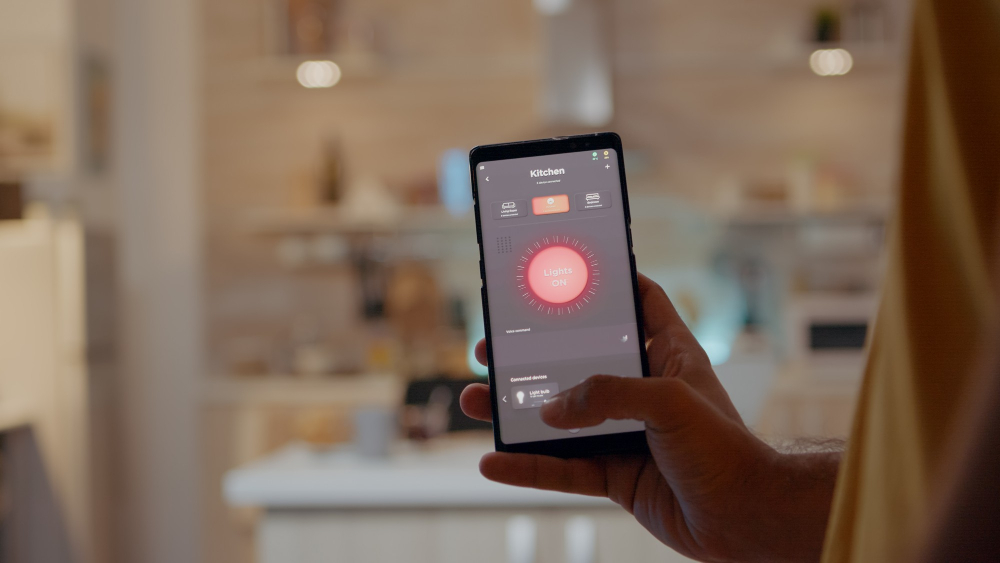
When it comes to kitchen lighting, there are two main types of bulbs: smart and traditional. Traditional bulbs have been around for over a century and come in various shapes, sizes, and wattages.
They work by passing an electric current through a filament that heats up until it produces light. On the other hand, smart bulbs use LED technology to produce light while also offering advanced features such as remote control via smartphone apps or voice assistants like Amazon Alexa or Google Assistant.
Smart bulbs can be programmed to turn on/off at specific times of the day or dimmed according to your preference without having to get up from your seat. They offer color-changing options that allow you to set different moods in your kitchen depending on the occasion.
Traditional bulbs are relatively cheaper than their smart counterparts but consume more energy leading them less efficient compared with LEDs which is what most Smart Bulbs use nowadays.
Energy Efficiency Comparison
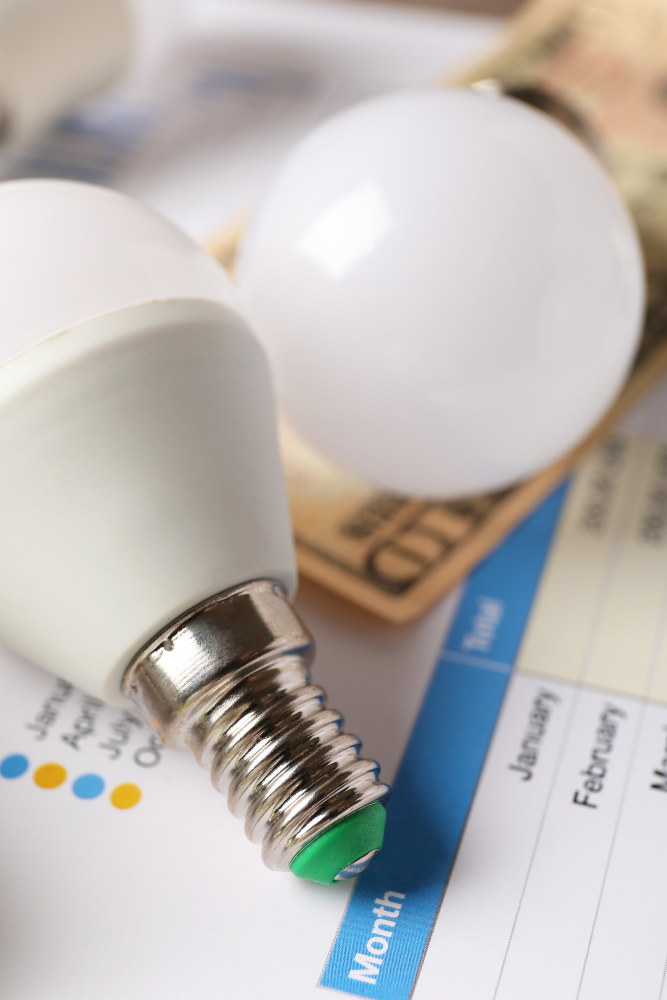
Traditional bulbs consume a lot of energy and generate heat, which can make your kitchen feel stuffy and uncomfortable. On the other hand, smart bulbs use LED technology that consumes less power while providing brighter light output.
Smart bulbs also come with features like dimming options and motion sensors that help you save even more energy by automatically turning off when no one is in the room or adjusting brightness levels based on natural light conditions.
While traditional incandescent or fluorescent lights may seem cheaper upfront, they will cost you more in electricity bills over time compared to their smarter counterparts.
Cost Analysis

However, the initial cost of purchasing smart bulbs can be offset by their energy efficiency and longer lifespan. Smart bulbs use LED technology that consumes less energy compared to traditional incandescent or fluorescent lightbulbs.
This means you’ll save money on your electricity bill in the long run.
Moreover, some smart bulb models come with features like motion sensors and timers that allow you to control when they turn on or off automatically. This feature is especially useful if you tend to forget turning off lights when leaving a room.
On the other hand, traditional lightbulbs have a shorter lifespan compared to LED-based smart bulbs which need replacement more frequently leading up higher maintenance costs over time.
Lighting Customization Options

With traditional bulbs, you’re limited to one brightness level and color temperature. However, with smart bulbs, you can adjust the brightness and color temperature according to your preference using a smartphone app or voice commands through a virtual assistant like Amazon Alexa or Google Assistant.
Smart bulbs also offer additional features such as scheduling lights on/off times for convenience and setting up different scenes for various occasions like movie nights or dinner parties. These features allow homeowners greater control over their kitchen’s ambiance.
On the other hand, traditional light fixtures require manual adjustments that may not be as convenient compared to smart bulb technology. While some modern light fixtures come with dimmer switches that allow users some degree of customization in terms of brightness levels; they still lack flexibility when it comes to adjusting color temperatures.
Ease of Installation
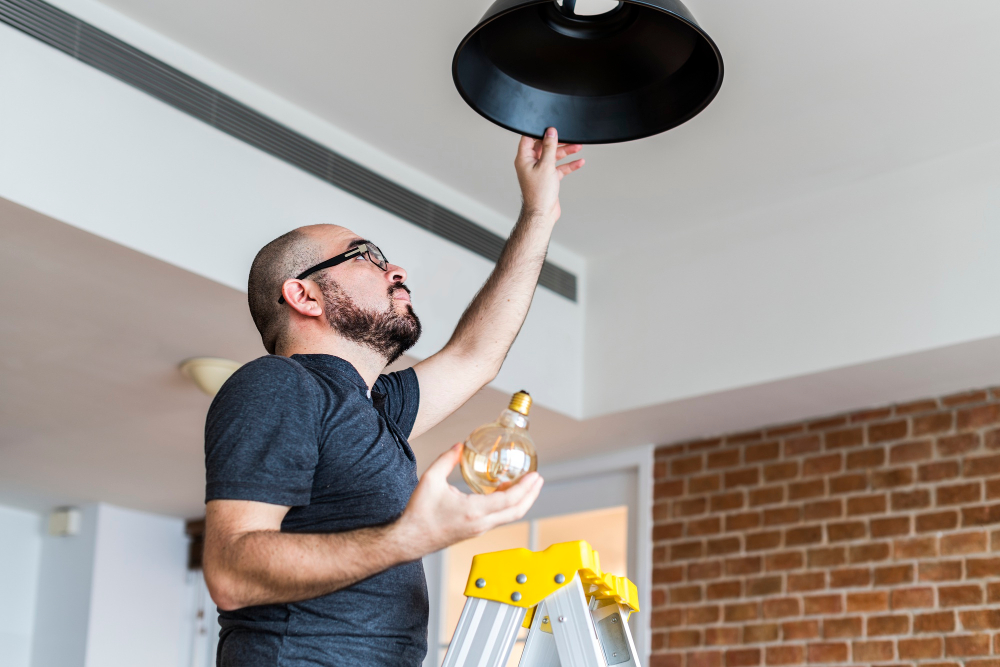
They are simple and straightforward to install, requiring only a screwdriver or pliers in most cases. On the other hand, smart bulbs require a bit more effort and technical know-how.
Smart bulbs need to be connected with your home’s Wi-Fi network before they can be used. This process involves downloading an app on your smartphone or tablet and following instructions for connecting the bulb with your device via Bluetooth or Wi-Fi.
While this may seem daunting at first glance, many smart bulb manufacturers have made significant strides in simplifying their setup processes over time. Some even offer step-by-step video tutorials that guide you through every stage of installation.
Lifespan and Durability
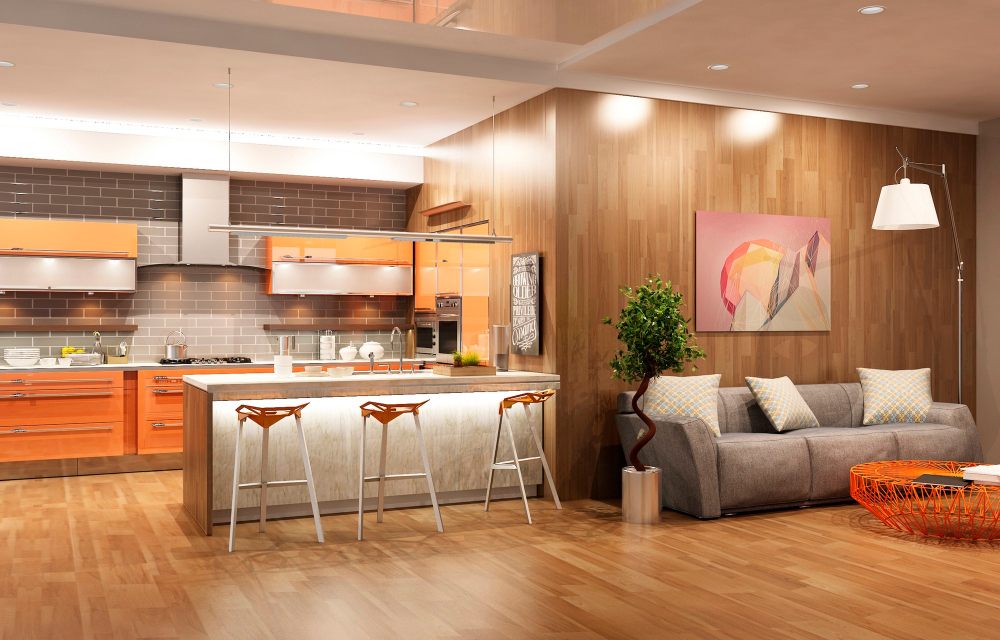
Smart bulbs can last up to 25,000 hours or more, while traditional incandescent bulbs typically last only around 1,000 hours. This means that you’ll need to replace your traditional bulb much more frequently than a smart bulb.
In terms of durability, both types of lightbulbs are relatively fragile and can break easily if dropped or mishandled. However, some smart bulb models come with shatter-resistant glass that makes them less likely to break upon impact.
Environmental Impact
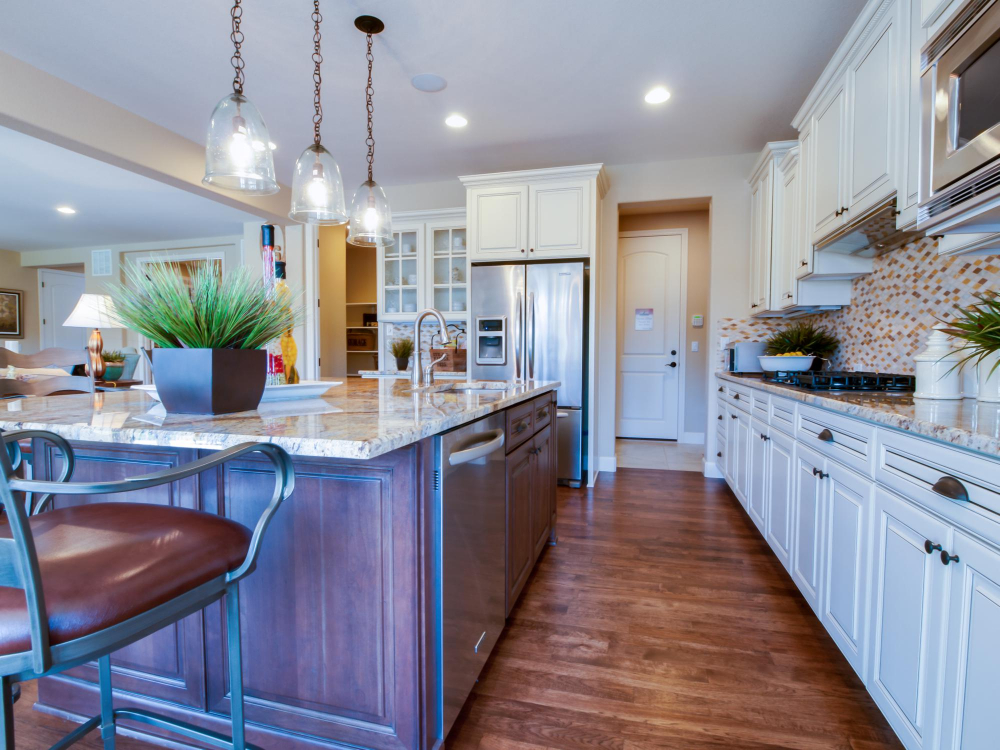
Traditional bulbs contain harmful chemicals like mercury and lead that can be dangerous if not disposed of properly. On the other hand, smart bulbs are made with eco-friendly materials and do not contain any hazardous substances.
Smart bulbs also have a longer lifespan than traditional ones, which means they need to be replaced less frequently. This reduces waste and helps conserve resources in the long run.
Many smart bulb models come with energy-saving features such as motion sensors or timers that automatically turn off lights when no one is in the room. This can significantly reduce your electricity bill while also reducing your carbon footprint.
Safety Considerations
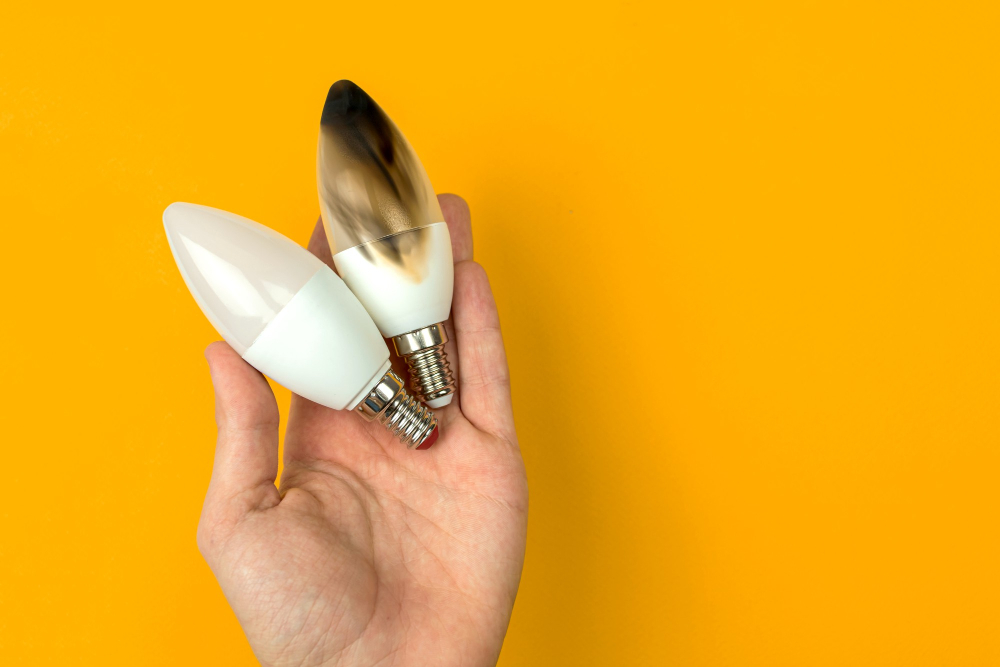
Traditional bulbs can get hot and pose a fire hazard if they come into contact with flammable materials or are left on for extended periods. Smart bulbs, on the other hand, generate less heat and have built-in safety features that prevent them from overheating.
Another important consideration is the risk of electrical shock when changing out lightbulbs. With traditional bulbs, there’s always a chance of accidentally touching live wires while installing or replacing them.
Smart bulbs eliminate this risk by allowing you to control your lights remotely through an app or voice command without ever having to touch the bulb itself.
Smart bulbs offer several advantages over traditional ones in terms of safety considerations making them an excellent choice for homeowners who prioritize their family’s well-being above all else.




